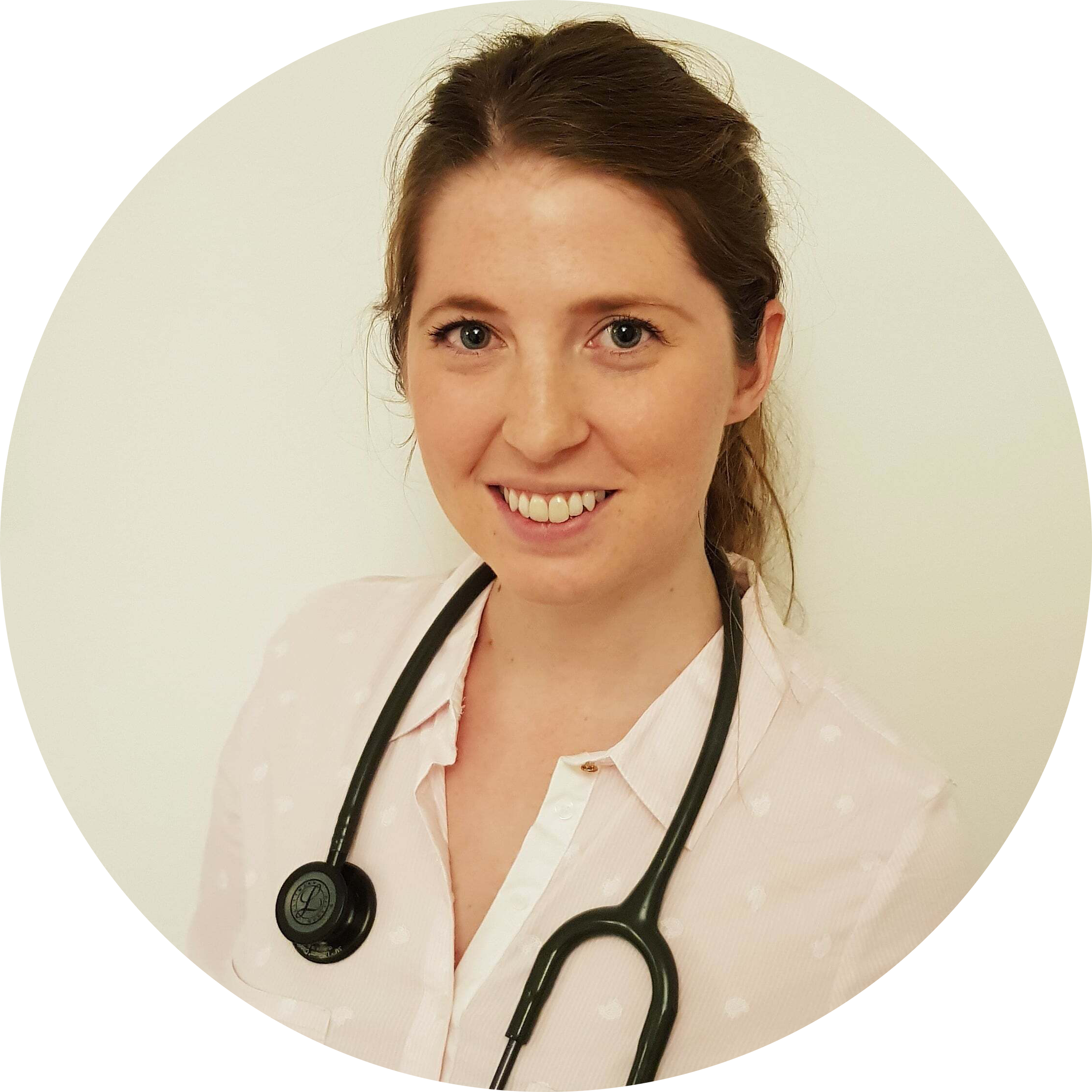Fibroids
Reviewed by:
Dr Rhianna McClymont
, Lead GP at Livi
Fibroids are benign (non-cancerous) growths that sometimes develop in and around the uterus. Find out about the different types of fibroids, symptoms, and treatments.

What are fibroids?
Uterine fibroids are the overgrowth of muscle and tissue found in and around the womb. They can be tiny but sometimes grow exceptionally large. You may have just one, or you could have several fibroids. They usually affect women aged between 30 to 50.
You won’t usually have any complications from your fibroids, but they can cause problems if they’re big or in a particular position.
What causes fibroids?
Doctors don’t exactly know what causes fibroids, but they’re probably linked to oestrogen, the female reproductive hormone. Genetic factors may also play a part.
Fibroids are more common in women who are overweight or obese. It’s thought this is because there’s a higher amount of oestrogen in your body if you’re overweight.
Women who are of African-Caribbean origin may also be more likely to get fibroids.
You’re less likely to have fibroids if you’ve had children.
Types of fibroids
Fibroids are categorised according to where they develop:
Intramural fibroids develop within the womb’s wall. These are the most common type of fibroid
Submucosal fibroids grow into the womb cavity (the inside of your womb)
Subserosal fibroids grow from the womb’s outer wall into the pelvis and can get very big
Sometimes submucosal fibroids and subserosal fibroids can be attached by a thin piece of tissue. This is called a pedunculated fibroid.
Fibroids symptoms
Often, you won’t have any fibroid pain. But sometimes you may notice:
Painful periods
Heavy periods
Frequent peeing
Pain in your lower back
Stomach pain
Constipation
Discomfort during sex
Swelling in your tummy if the fibroids are large
If you have any of these symptoms, talk to a GP.
How are fibroids diagnosed?
A GP may diagnose fibroids by checking your pelvis. If you haven’t had any symptoms, the doctor may discover the fibroids while they’re examining you for another reason.
If the GP thinks you have fibroids, they may refer you to the hospital for further tests.
This is likely to be an ultrasound scan, which uses high frequency sound waves to create a picture of the inside of your body. Less commonly you may be offered a hysteroscopy or laparoscopy. This is where a small telescope is inserted into your uterus or tummy to examine the tissue.
If the diagnosis is uncertain then a biopsy may be taken. This is when a small sample of your tissue is removed and inspected under a microscope.
How are fibroids treated?
If you aren’t getting severe fibroid pain or other symptoms, you may not need any treatment for your fibroids.
If you are having problems, a GP may recommend medication to ease the symptoms. Commonly this may be oral medication to reduce the heaviness of your periods and ease pain. The hormonal coil is also an effective way of treating period problems associated with fibroids, and a GP can discuss this with you.
If this doesn’t help, you may be referred to a gynaecologist, a medical specialist in women’s reproductive health. They might suggest medication to shrink your fibroids or surgery to remove the fibroids.
Fibroids and pregnancy
If you have fibroids and are pregnant, you’ll likely have a normal pregnancy. But fibroids do increase the risk of some problems with your pregnancy and birth.
You might find you have some stomach pain during your pregnancy. This may be because your baby is pushing against your fibroids as they grow. There’s also a slightly higher risk of early labour.
If your fibroids obstruct the birth canal then it’s also more likely that you’ll have a caesarean section.
Rarely, fibroids can cause miscarriage, which is when the pregnancy ends within the first 23 weeks.
If you have fibroids and are pregnant, talk to a GP for support and advice.
Fibroids and fertility
If you have particularly large fibroids, you’re at a higher risk of problems with fertility.
Occasionally, fibroids can stop sperm from getting to the egg, block the fallopian tubes and so stop the egg from reaching the uterus or prevent a fertilised egg from implanting itself in the uterus. However, cases such as these are rare.
Fibroids after menopause
Fibroids tend to reduce in size after menopause, most likely because of a drop in your oestrogen levels.
Fibroids and cancer
Fibroids aren’t cancerous, and having fibroids doesn’t mean you’re more likely to develop cancer.
- Reviewed by:
 Dr Rhianna McClymont, Lead GP at Livi
Dr Rhianna McClymont, Lead GP at Livi
